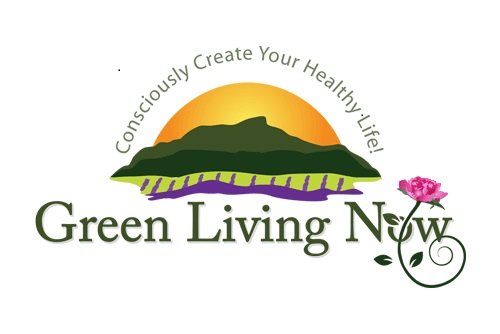Are Food Companies Secretly Approving Their Own Additives? The Truth About the GRAS Loophole
/Did you know that thousands of chemicals in our food supply have never been independently tested for safety?
Worse yet, food companies can decide for themselves whether an additive is safe—without the FDA’s approval. What the heck?
If that sounds shocking, it's because it is.
Welcome to the GRAS loophole, one of the biggest failures in U.S. food safety.
Let’s break it down in plain English, expose what’s really happening, and—most importantly—talk about what we can do about it.
What is GRAS?
Back in 1958, Congress passed the Food Additives Amendment to make sure new food ingredients were evaluated for safety before being used. But they included an exemption called GRAS (Generally Recognized as Safe) for everyday ingredients that people had been using for generations—things like salt, vinegar, and baking soda.
Maybe it made sense at the time. If something had a long history of safe use, why go through unnecessary red tape?
But here’s where things went off the rails…
How the GRAS Loophole Became a Corporate Free-for-All
Fast forward to today, and companies are using this same exemption to introduce new, synthetic chemicals into our food supply—without any independent testing.
Here’s How the Loophole Works:
A company creates a new food additive (flavoring, preservative, emulsifier, etc.).
Instead of submitting it to the FDA for approval, they hire their own experts (often tied to the food industry) to say it’s safe.
They can skip notifying the FDA entirely and start using the chemical in food.
That’s right—there’s no requirement to tell the FDA, no public transparency, and no independent review.
Wait… What?! How is This Legal?
It all comes down to lax regulations and corporate influence.
Here’s why this system is so flawed:
🚨 No FDA Oversight: The FDA doesn’t approve GRAS additives, so companies are essentially regulating themselves.
🚨 Industry Hires Its Own Experts: Most safety reviews are conducted by people with direct financial ties to the food industry.
🚨 The Public Has No Say: Unlike drug approvals, there’s no public review process for food additives.
🚨 Once It’s In, It Stays In: Once a company deems an additive GRAS, it’s nearly impossible to remove it from the food supply.
The Government Accountability Office (GAO) even admitted that the FDA has no idea how many additives are currently being used in U.S. foods because companies don’t have to report them!
The Real-World Consequences
Because of this loophole, thousands of untested additives have entered our food system. Some of them have been linked to serious health issues.
Here are just a few examples:
BHA & BHT (Preservatives) – Linked to cancer in animal studies. Banned in Europe.
Artificial Food Dyes – Linked to hyperactivity in children. Restricted in the EU.
Brominated Vegetable Oil (BVO) – Can build up in body fat and cause neurological issues. Banned in Europe and Japan.
Ractopamine (Meat Additive) – A growth drug used in U.S. livestock but banned in 160+ countries due to health risks.
What Can We Do?
While food companies fight to keep this loophole open, there are steps we can take to protect ourselves and push for change.
1. Avoid Ultra-Processed Foods
The more processed a food is, the more likely it contains mystery additives. Stick with real, whole foods as much as possible.
2. Buy Organic When Possible
Organic standards prohibit most synthetic additives, making organic foods a safer choice when it comes to avoiding untested chemicals.
3. Read Ingredient Lists & Watch for Red Flags
If a product has:
❌ Ingredients you can’t pronounce
❌ Artificial flavors & colors
❌ Preservatives like BHA, BHT, sodium benzoate
❌ ‘Natural flavors’ (a catch-all term that can hide 100s of chemicals)
…it’s best to put it back on the shelf.
4. Push for Policy Change
We need stronger food safety laws. Here’s how you can help:
Support organizations like the Environmental Working Group (EWG) and the Center for Science in the Public Interest (CSPI).
Tell your representatives to push for stricter food additive regulations.
Spread awareness—the more people who know about this, the harder it is for food companies to keep hiding behind the GRAS loophole.
Final Thoughts
Most people assume that if a food ingredient is on store shelves, it must have been tested for safety. Sadly, that’s not the case. Thanks to the GRAS loophole, food companies are making the rules themselves—and putting profits over public health.
But knowledge is power. By making smarter food choices and demanding better policies, we can protect our families and push for a food system that actually prioritizes our well-being.
What do you think—should the GRAS loophole be shut down? Let me know in the comments!








